Real-Time Observation of Living Cells Under AI Microscope
Tomocube Inc.
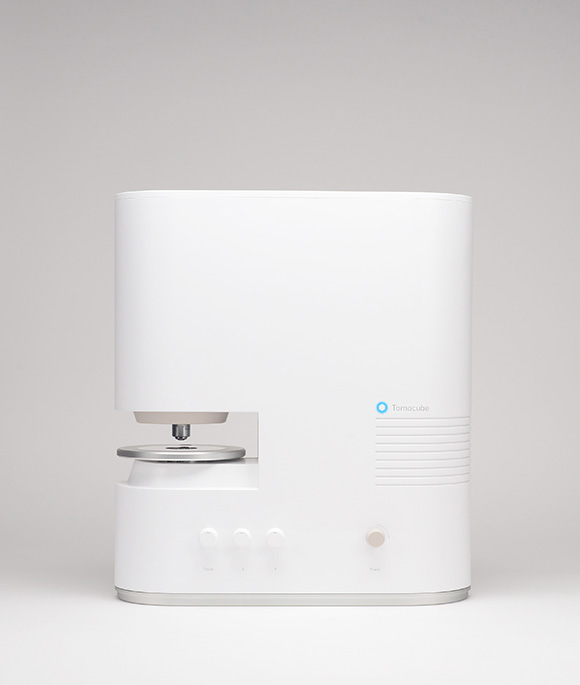
There are times when the things you cannot see with the naked eye cause more troubles than the things you can see. SARS-CoV-2, a virus that causes the coronavirus disease (COVID-19), and other various types of disease-causing viruses and bacteria are too small to be seen, yet they are powerful in that they can be life-threatening. Research is carried out to treat not only infectious diseases caused by viruses and bacteria but also other types of diseases such as cancer, and this has been the main driving force behind the bio industry. The basis for the development of this industry has been the ability to observe and examine microscopic cells, bacteria, and living tissues, and this would not be possible without a microscope. Microscopes have become extremely advanced over the years, and nowadays, there are artificial intelligence (AI) microscopes that can be used for AI analysis and in vitro diagnosis. In this edition, we would like to introduce to you Tomocube Inc., a developer of AI microscopes that are expected to contribute greatly to the biomedical field from diagnosis to treatment.
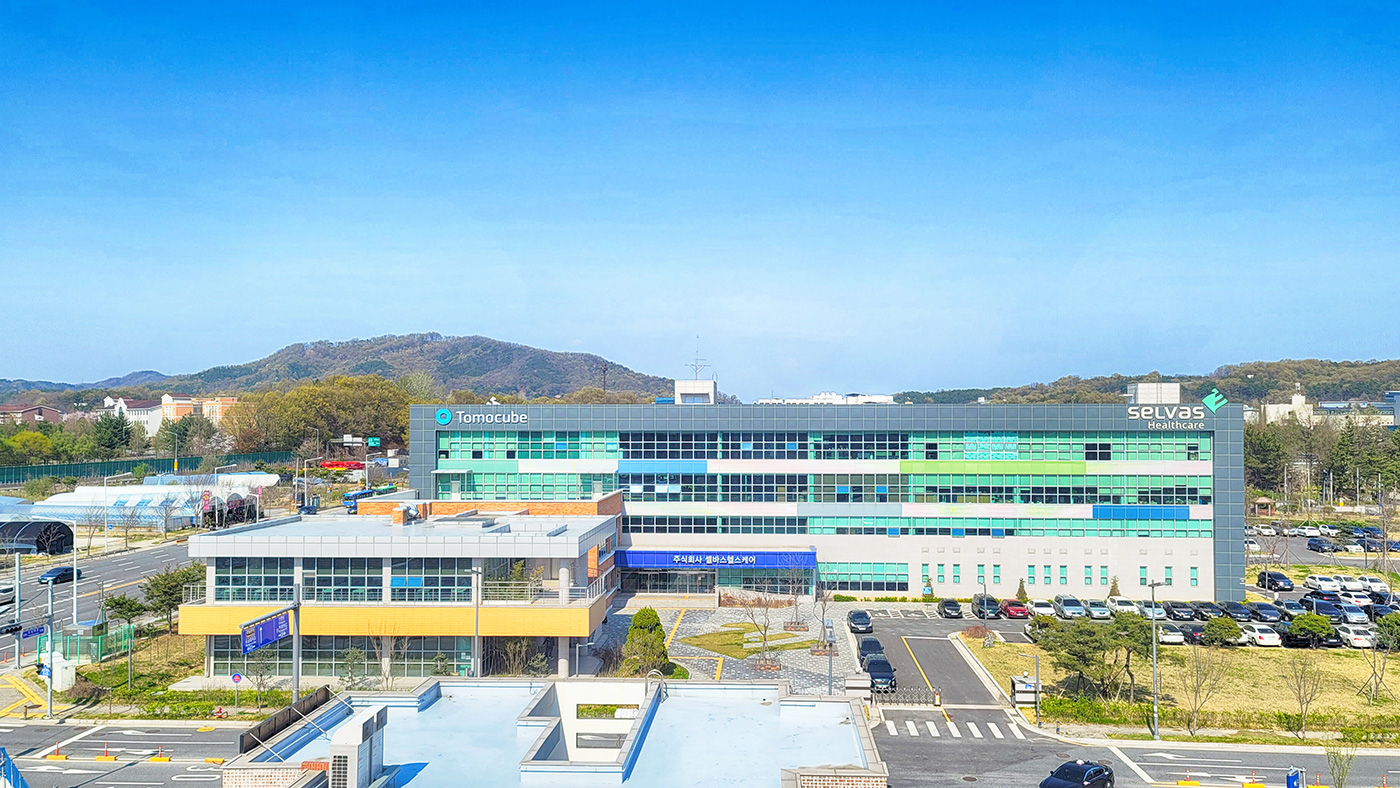
Holotomography, a technology for observing living cells
Tomocube was incepted by CEO Hong ki-hyun, a businessman in the field of optical metrology, who partnered up with Park Yong-Keun, the CTO and a professor of physics at KAIST, based on the belief that the 3D holography technology that Park was researching would become an emerging industry. Currently, the company is developing AI microscopes with holotomography (HT) technology and unrivaled technology in AI bio image analysis.
Most fluorescent microscopes used in the lab today require a pretreatment process where living cells, for example, are fixed in place for genetic modification, chemical dyeing, etc., during which the living cells die or undergo change. This makes it difficult for the researcher to examine the cells as they are, and it takes hours or even up to a day to prepare the specimen. As for Tomocube’s HT technology, the way it works is similar to that of an X-ray computed tomography (CT) scan. While a CT scan renders an image on the computer based on the amount of X-ray penetrating the internal organs of the patient, which depends on the organ density, HT provides 3D images of cells based on their density using laser. This means cells can be observed without any pretreatment, and images of the cells can be obtained multiple times before they die naturally. Plus, thanks to the fact the images are three-dimensional, a lot more information can be gained about them.
AI microscopes reducing the time it takes for a diagnosis from a week to just seconds
AI microscopes incorporated with HT and AI image analysis have made it possible to discern bacteria that cause sepsis within just a second, instead of days. Usually, it is necessary to collect a blood sample from the patient who is suspected to have sepsis and culture the sample to identify the bacteria. This takes at least three to five days, and if the patient is in critical condition, treatment must be provided before the results are back. On the other hand, Tomocube’s AI microscope has undergone deep learning based on images of 19 species of bacteria that can cause sepsis and is capable of identifying the bacterial species found in the patient’s sample with 95% accuracy. The company is preparing to conduct a clinical study to see whether the AI microscope can be used for diagnosis of acute leukemia as well. It has acquired a database of a million pieces of data on cells and tissues as well as some 30 patents in relation to the use of 3D microscopes in diagnostics in Korea and abroad.
The holotomography microscopes from Tomocube, which is celebrating the 6th anniversary of its establishment this year, are being used at around 50 universities and research institutes in some 20 countries, such as MIT, Harvard University, and German Cancer Research Center. It received an investment of KRW 23 billion from Softbank Ventures, Hanmi Science, and others in its early days, and with the recent investment in the C Series, the total amount of investment has increased to KRW 44.2 billion. Tomocube aims to develop algorithms for AI, which has the cell data obtained under a microscope, to be able to handle both analysis and diagnosis, as it will enable faster diagnosis and early treatment. As such, Tomocube is garnering attention from around the world as a fast-growing company in the field of in vitro diagnostics.




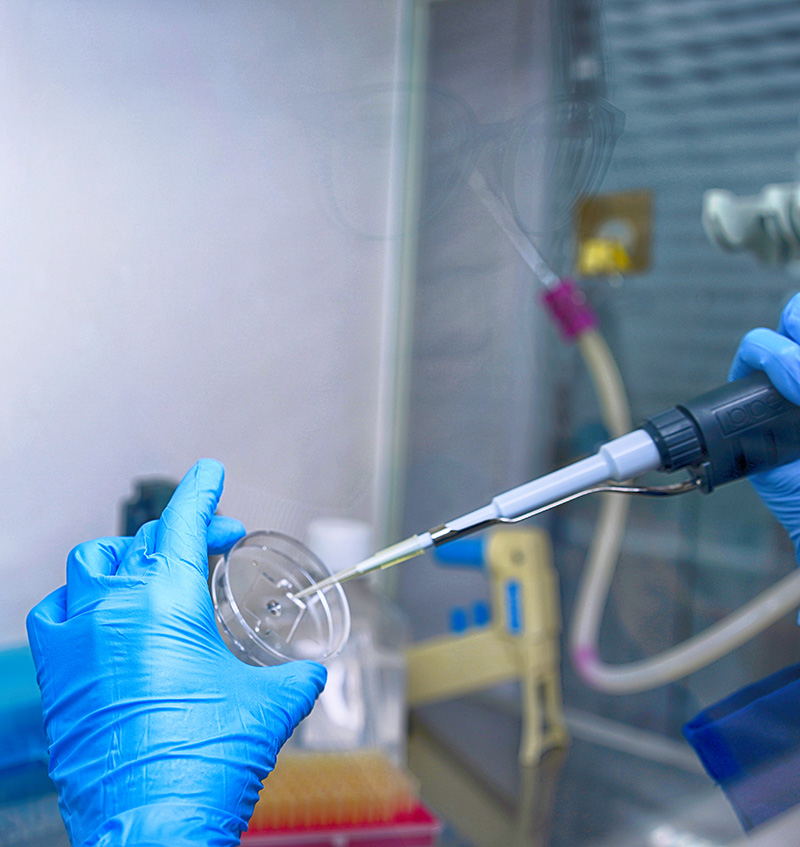
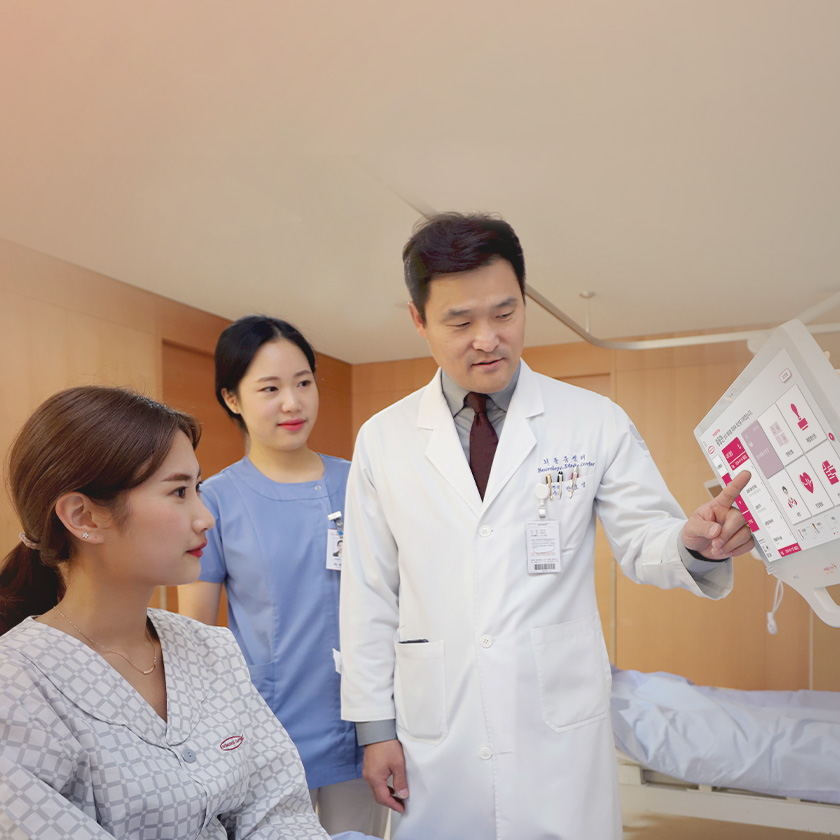 Specialized Medical Service
Specialized Medical Service
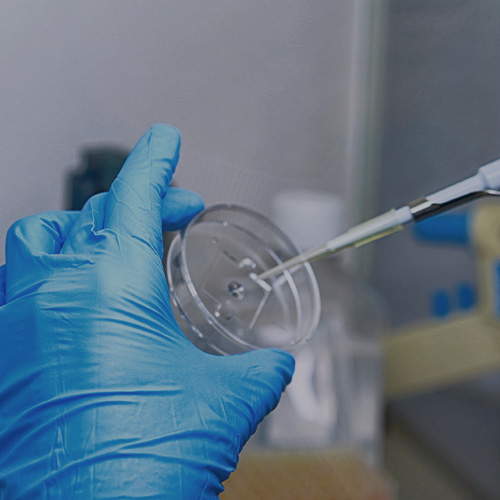 Bio Technology
Bio Technology
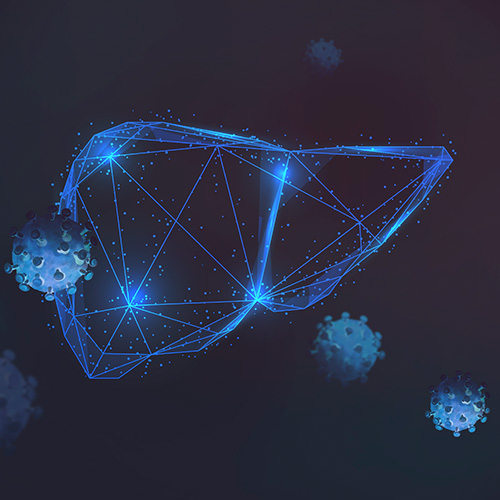 Health & Wellness
Health & Wellness
 City & Culture
City & Culture
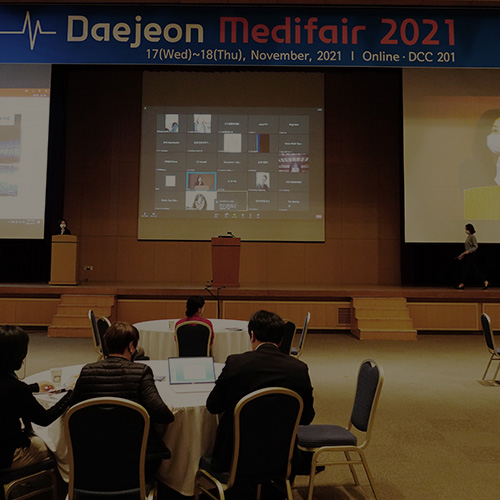 Hot Issue
Hot Issue
 Interview With
Interview With
 Medical Technology
Medical Technology
 City & Culture
City & Culture
 Food & Travel
Food & Travel
 Health & Wellness Tips
Health & Wellness Tips
 Hot Issue
Hot Issue